Significance of Buddha purnima: Buddha Purnima, also known as Vesak or Buddha Jayanti, is one of the most important festivals celebrated by Buddhists around the world. It commemorates the birth, enlightenment, and death of Gautama Buddha, the founder of Buddhism. Buddha Purnima falls on the full moon day in the Hindu month of Vaisakha, which usually falls in April or May. This day is considered significant for Buddhists because it represents the culmination of the Buddha’s life and his teachings. In this article, we will explore the significance of Buddha Purnima and how it is celebrated by Buddhists around the world.
The Birth of Gautama Buddha:
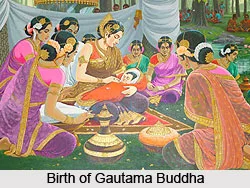
The first event that is commemorated on Buddha Purnima is the birth of Gautama Buddha, which is said to have taken place around 563 BCE. According to legend, Queen Maya, the wife of King Suddhodana of Kapilavastu, gave birth to Gautama Buddha in Lumbini, which is now in modern-day Nepal. The birth of Gautama Buddha is seen as a miraculous event, as his mother gave birth to him while standing up and holding onto the branch of a tree. This event is seen as a symbol of the Buddha’s detachment from the material world.
The Enlightenment of Gautama Buddha:
The second event that is commemorated on Buddha Purnima is the enlightenment of Gautama Buddha, which is said to have taken place when he was 35 years old. After years of searching for the truth, Gautama Buddha sat down under a Bodhi tree in Bodh Gaya, India, and vowed not to move until he had achieved enlightenment. After six days of meditation, he attained enlightenment and became the Buddha, which means the “enlightened one.” The enlightenment of Gautama Buddha is seen as a pivotal moment in Buddhist history because it marked the beginning of his teachings and the spread of Buddhism throughout the world.
The Death of Gautama Buddha:
The third event that is commemorated on Buddha Purnima is the death of Gautama Buddha, which is known as Parinirvana. According to legend, Gautama Buddha died at the age of 80 in Kushinagar, India, and achieved Parinirvana, which means the ultimate release from the cycle of birth and death. His death is seen as a reminder of the impermanence of all things and the need to follow the path of the Buddha to attain liberation from suffering.
Celebrating Buddha Purnima:
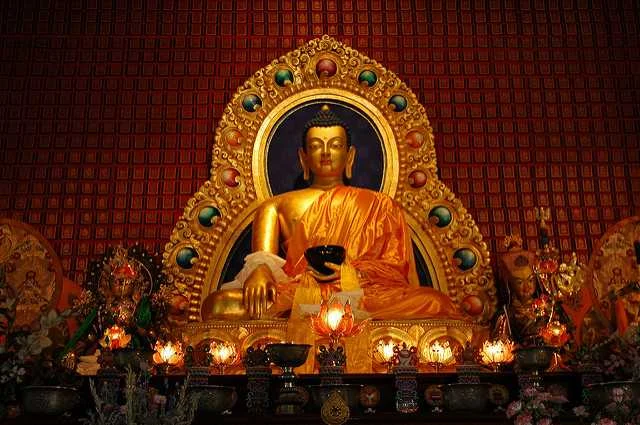
Buddha Purnima is celebrated by Buddhists around the world with great fervor and enthusiasm. The day is marked by prayers, offerings, and meditation. Many Buddhists visit temples and shrines to offer flowers, incense, and candles to the Buddha. They also participate in the recitation of Buddhist scriptures, sing hymns, and listen to sermons. In some countries, like Thailand, Cambodia, and Sri Lanka, Buddha Purnima is a public holiday, and people participate in parades and processions.
The significance of Buddha Purnima lies in its message of compassion, wisdom, and enlightenment. The Buddha’s teachings are based on the Four Noble Truths, which state that suffering exists, that suffering arises from craving and attachment, that suffering can be overcome, and that the path to the cessation of suffering is the Eightfold Path. By following the path of the Buddha, one can attain enlightenment and ultimate liberation from suffering.
Read Also: Cultural Festivals and Celebrations
![]()

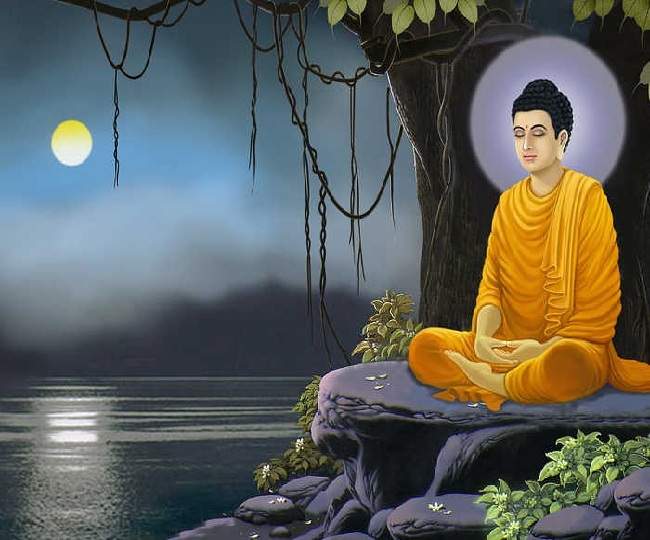
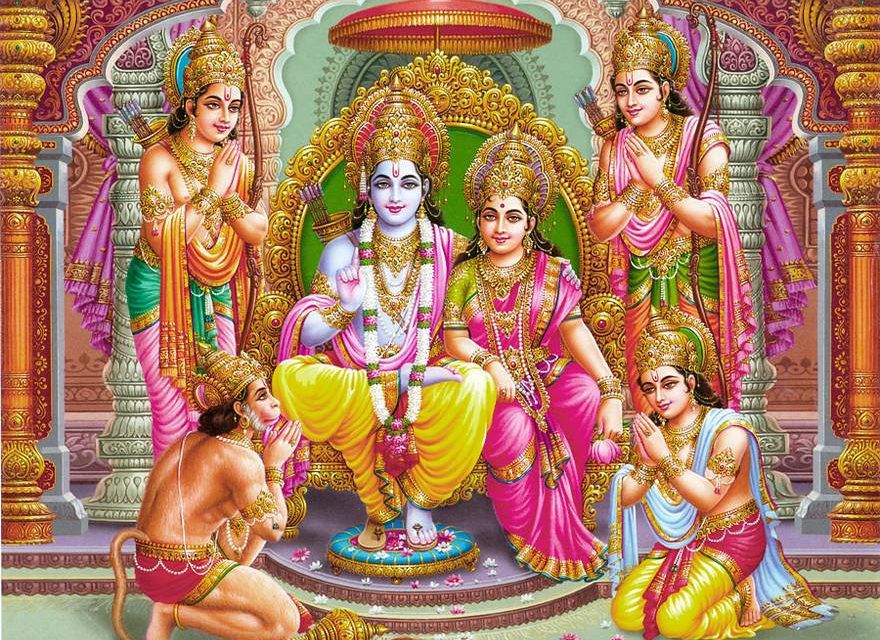


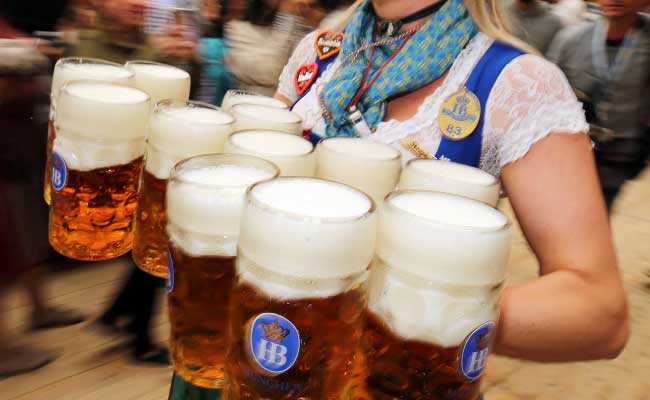
3 thoughts on “Significance of Buddha purnima”